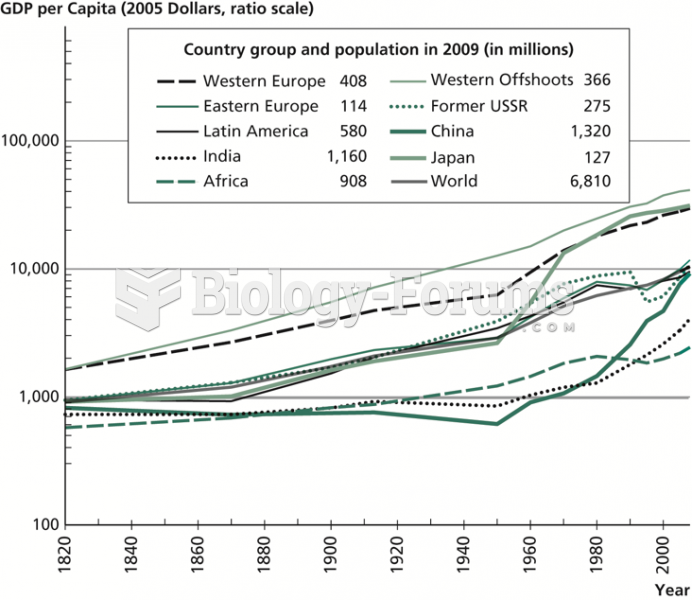|
|
|
Approximately 500,000 babies are born each year in the United States to teenage mothers.
On average, someone in the United States has a stroke about every 40 seconds. This is about 795,000 people per year.
The Food and Drug Administration has approved Risperdal, an adult antipsychotic drug, for the symptomatic treatment of irritability in children and adolescents with autism. The approval is the first for the use of a drug to treat behaviors associated with autism in children. These behaviors are included under the general heading of irritability and include aggression, deliberate self-injury, and temper tantrums.
Amphetamine poisoning can cause intravascular coagulation, circulatory collapse, rhabdomyolysis, ischemic colitis, acute psychosis, hyperthermia, respiratory distress syndrome, and pericarditis.
The ratio of hydrogen atoms to oxygen in water (H2O) is 2:1.






